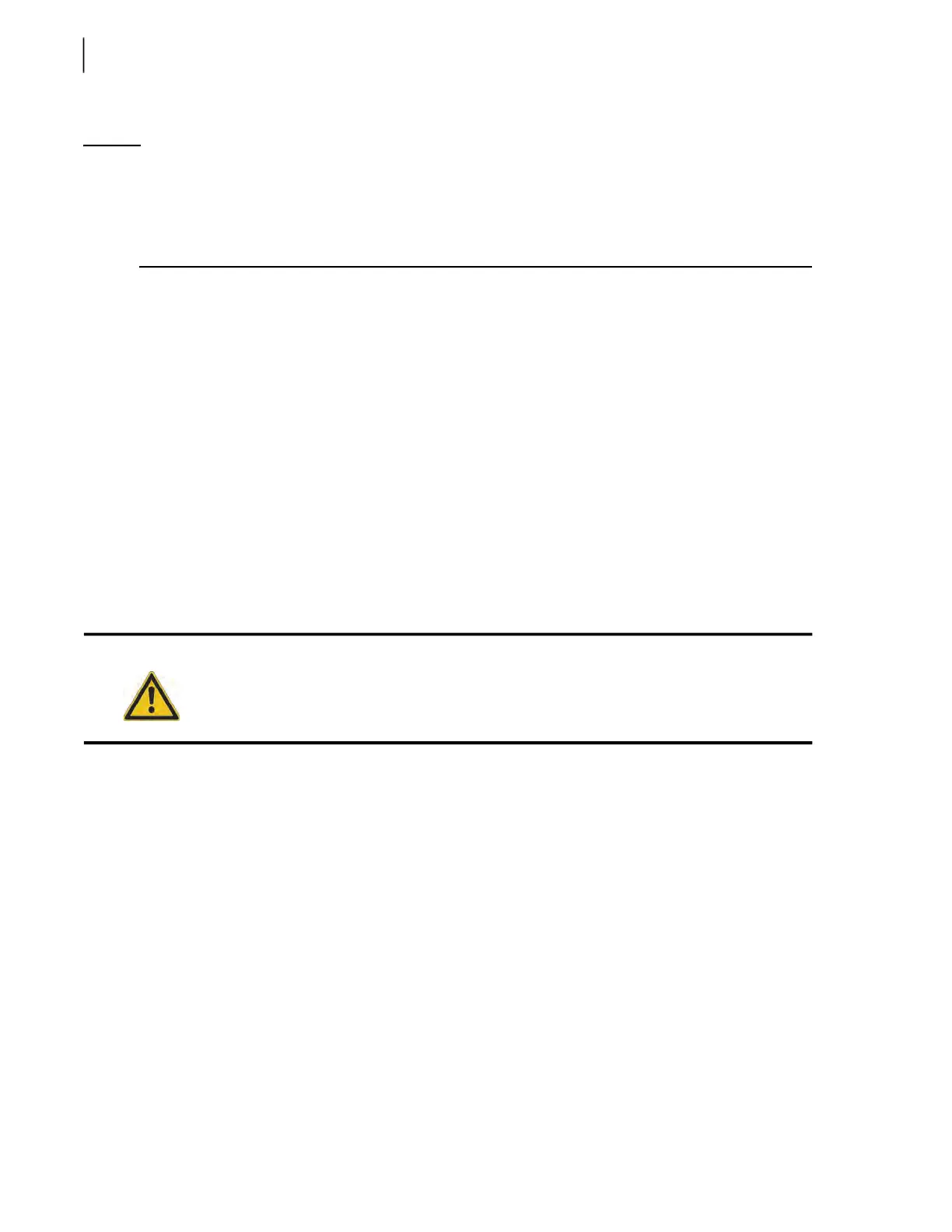280 Hydraulic System
NOTE: Check the tank breather cap every week to make sure that it is not clogged. If clogged, replace
it with a new one. Replacement of the breather cap should be done concomitantly with the
replacement of the hydraulic filter. However, the breather cap does not have to be changed
after the first 50 hours of truck service as it is the case for the hydraulic filter. Always open the
breather cap slowly.
Emptying Hydraulic Tank
To empty the hydraulic tank:
1. Prepare the vehicle accordingly:
1 a. Apply the parking brake.
1 b. Start the engine.
1 c. Engage the hydraulic pump.
1 d. Retract all cylinders (packer, crusher panel, tailgate, etc.).
1 e. Raise the body and install the safety prop.
1 f. Disengage the hydraulic pump.
1 g. Stop the engine.
2. Lock out and tag out the vehicle (see Locking Out and Tagging Out the Vehicle on page 14).
3. Clean around the filler/breather cap and remove it.
4. Place a clean container (minimum capacity: 60 gallons) under the drain plug.
5. Remove the drain plug (see Figure 5-19) under the tank and let the tank drain completely.
6. Once draining is complete, reinstall the drain plug.
Cleaning Strainer
To clean the strainer:
1. Empty the hydraulic tank (see Emptying Hydraulic Tank on page 280).
2. Remove both hose clamps from the suction hose (see Figure 5-23).
3. Slide the hose over the pipe until it clears the shut-off valve (slide towards the front of the
vehicle).
4. Disconnect the swivel bulkhead of the return hose (see Figure 5-25) to allow the shut-off valve
(ball valve) to turn freely when the strainer is loosened.
5. Remove the 4 bolts that hold the flange in place (see Figure 5-24).
Caution!
Some hydraulic tanks are pressurized (3 to 5 PSI). Open the filler/breather cap slowly.
